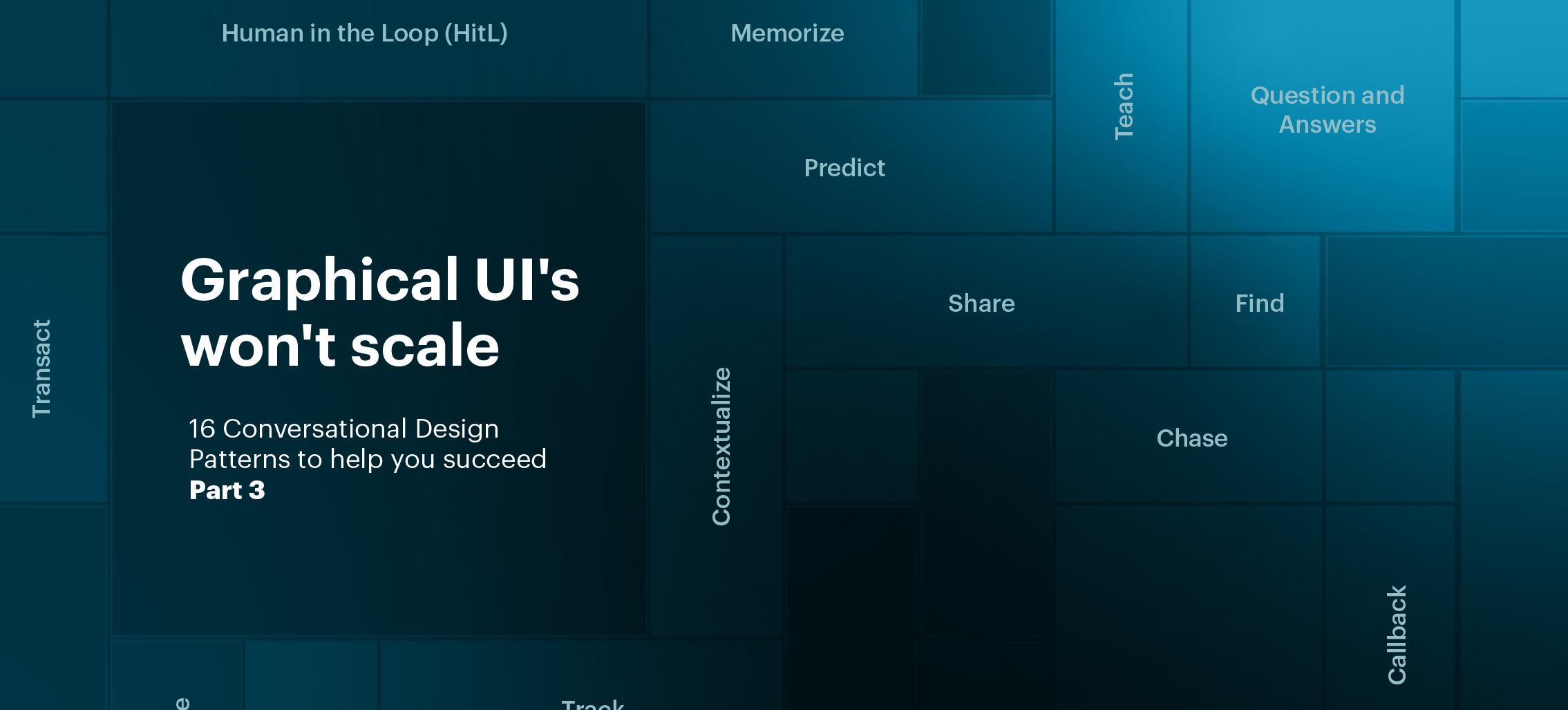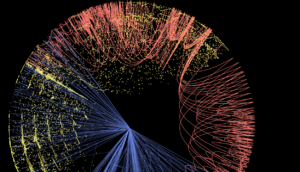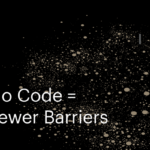
post
October 4, 2021
Conversational Design Patterns Part 3: Callback, Chase, Nudge, Transact, Coordinate, and Track
Part 3: How to use conversational design patterns as collectable inspiration for your designs.
We’re publishing a 4-part series sharing some of the key patterns that have emerged from successful projects. Follow us on social media (LinkedIn, Twitter, Facebook, or Instagram) to stay updated as we release each part of this series and other critical findings, ideas and best practices we glean from successes and failures.
Be sure to read Part 1 and Part 2 of the series as well.
We studied the patterns that lead to highly rated user experiences. We gathered data and best practices based on our 20+ years of field experience. It’s important to keep in mind that in order to succeed with conversational AI, you’ll also need processes, people, tools, architecture and to go along with design that works in a coordinated way. Robb Wilson, founder of OneReach.ai has been writing a book with resources, perspective, and practical guidance for all of the parts of the strategy for succeeding with conversational AI – sign up on our homepage to stay notified about the book; Age Of Invisible Machines.
Keeping these patterns in mind while you’re designing conversational experiences can help you create great experiences that provide efficient service for your users. In this installment, we’ll take a look at the first six patterns: Q&A, Find, Contextualize, Memorize, Guide, and Remind. Follow us on social media (LinkedIn, Twitter, Facebook, or Instagram) to stay tuned as this series continues.
Callback
Another proactive pattern, Callback is focused on resuming a prior activity. This is geared toward pausing an activity and setting a followup later. Automate a follow up based on an interval that could be dependent on a certain amount of time lapsing, or on the emergence of a new piece of data.
The callback pattern is designed to reduce waiting for the end user. Though it was inspired by the basic IVR pattern, there’s a lot of opportunity to use it in more complex experiences. Since bots are always waiting and available, they can always be “put on hold” to wait for the end user (to gather information, reschedule, etc.). With this pattern, you can traverse time to continue a conversation and create a better experience.
Chase
Chase is more aggressive than simple reminders. This proactive pattern hunts down an answer to a particular question. If a user doesn’t provide it, the bot will move on to another user or continue to repeat the query until it gets its answer. Often, escalation is part of this. Flows built for this will activate continuously until a certain criterion is met.
Chase and nudge are signature patterns that hold a lot of power. In our experience, Chase is an interesting way to impact human behavior and it can have a big impact. We’ve seen this pattern applied to to help tutor children, help smokers quit, and to make sure that Home Advisor’s plumbers show up to appointments on time.
In the Home Advisor example, they recognized that their customer’s perception of their brand depended on if their first hired contractor (plumbers, painters, landscapers, etc.) made it to the property owner’s place on time. Usually if there were issues with the first appointment, customers wouldn’t have any interest in hiring from Home Advisor. They created a bot with the Chase pattern to remind and confirm appointment times with the contractor to make sure there weren’t any no-show appointments.
The key to chase is considering the content, cadence, channel, time of day (schedule) and realizing that there is a large number of combinations possible for these elements. We recommend testing for what combination has the most positive outcomes.
Nudge
Nudge is a soft push toward a desired outcome. It’s designed to give a user information in a structured way that prompts them to make the intended choice. The best uses are contextual to the experience they are in. In the food service industry for example, the Nudge would be “just so you know, the extra-large fries are only 50 cents more.” A tangible example would be painted lines on a road that clearly delineate cyclists from drivers. It’s about providing extra information to subconsciously motivate users to take a particular action, while being less intrusive than Chase.
Nudge is a gentler version of chase – designed to adjust human behavior just slightly for a desired outcome. Bike lanes and social distancing are two simple examples of this theory. By providing guidelines, human behavior was changed ever so slightly and resulted in the desired outcome (sharing the road and encouraging distancing in lines).
OneReach.ai worked with Stanford University to test how nudge theory changed the behavior of parents who are teaching their kids to read. We tested a variety of channels, message content, cadences and times to find the “golden path” to helping parents succeed at teaching their children how to read. In this case, the children of the parents who received these “nudges” from conversational AI applications were at a significantly higher reading level than children of parents who did not receive the messages.
Nudge is paired well with the Coordinate pattern to help processes be more efficient and streamlined.
Transact
This pattern helps users accomplish a particular task. There’s a goal in mind and a desired outcome. Common examples would be scheduling an appointment or ordering a product. Transact can also be used for minor changes to a setting or to add a new communication preference. Flows will have a structured script that needs particular information to complete the task, with task completion being the primary measurement of success.
The Transact pattern is used in many conversational designs, allowing the bot to take action for the user and accomplish a task.
Coordinate
This pattern is meant to get several participants working together around a particular goal. This might be used to schedule a meeting or gather shared input. This is a more complex pattern that will often have sub-patterns like Chase, Track, and Transact working together.
In order to provide the best user experience, Coordinate will likely be paired with other patterns to help achieve the desired outcome. For example, if applied to coordinating a meeting schedule, a bot could use the Find pattern to query and compare the attendees’ schedules, then use Chase pattern to confirm that the scheduled time works, and the Remind pattern right before the meeting. It might even employ Nudge at some point, asking the attendee if they are necessary for the meeting and improving operational efficiency by making sure only necessary employees are present.
Track
This is similar to Memorize but is used for specific points in a progression and not necessarily for long-term memorization. For example, the bot might memorize how many times a user goes from point A to B, tracking that everything between point A to B is being logged and used. Flows that track are keeping a “current state” in mind as well as all the prior states that have led to this point.
Remind is a very common pattern. In order to succeed with this pattern, we recommend you reach out over whatever channel your customer prefers (here’s another chance to employ the Memorize pattern – noting preferred channels for engagement).
In most designs we’ve seen, the Remind pattern is used mundanely and without a lot of imagination, as a simple outbound message. Using only one pattern on its own doesn’t make for a good conversation. Consider how many of these patterns you’ve used just today as you go about your day. To use the Remind pattern successfully, we recommend designing around the reminder and creating a conversational experience that goes beyond an outbound message.
Stay Tuned for Part 4!
In the next installment, we’ll take a look at the Teach, Predict, Human in the Loop, and Share patterns. Follow us on social media (LinkedIn, Twitter, Facebook, or Instagram) to stay tuned as this series continues!
Stay up to date
Latest Articles




